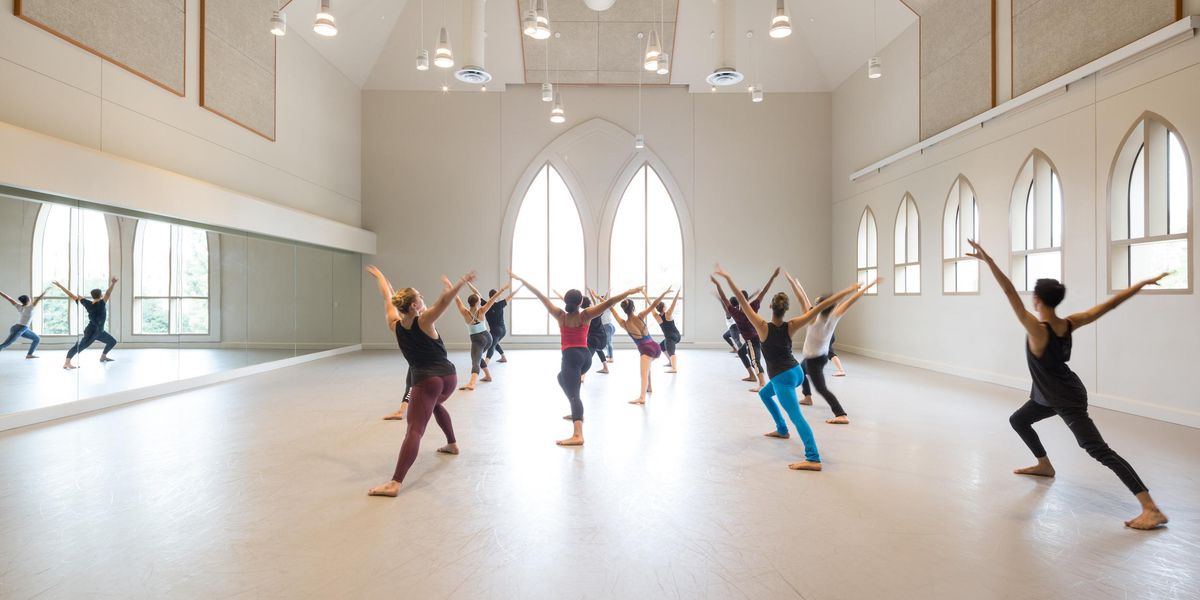A Dancer Who Survived the Holocaust
We’re all survivors in one way or another. Either we’ve survived being sick or injured, or we’ve survived a difficult period in our lives, or we’ve survived hard dance training. But the survival story of dancer/choreographer Helen Lewis is way beyond what most of us could imagine. It’s harrowing, heroic and historic, and I am writing about her today because it is International Holocaust Remembrance Day.
In her book, A Time to Speak, she writes, “At the age of six I was sent to my first dance class, and on my return home I announced firmly that I was going to be a dancer.” Sound familiar? The sentiments of many of us. Yet a world war and cataclysmic horrors intervened.
As a young dancer studying with a pupil of Laban’s in Prague, Helen Lewis was barred from performing in public because she was Jewish. In 1942 her family was put onto a transport by the Nazis. She survived three concentration camps, only because someone found out that she was a dancer and she was ordered to choreograph for their Christmas show.
In Lewis’ descriptions of life in the camps, she was terrified not only of the Nazis but also of the madness of her fellow inmates. But, as is famously known about Terezin, some of the prisoners actually danced together, and Helen joined in. She even taught children to dance. Later she was deprived of sleep, dragged into a rehearsal of the Waltz in Coppelia, and was told to dance. Instantly she entered into a performance zone. “Where was the hunger, the fear, the exhaustion? How could I dance with my frostbitten feet? I didn’t care or try to understand, I danced and that was enough.”
After the war, she moved to Belfast, where she started choreographing opera and theater productions in 1956. Six years later she formed the Belfast Modern Dance Group. She received many awards and honorary doctorates and her work was profiled in a BBC TV series. She was appointed MBE in 2001 for her devotion to dance in Ireland. A month before she died, a one-woman show based on her life premiered at a Belfast performance festival. Some time after she died, the Crescent Arts Center named a dance studio after her.
Philip Johnston, a dance professor at University of Illinois, studied with her and wrote this loving tribute when she died.




